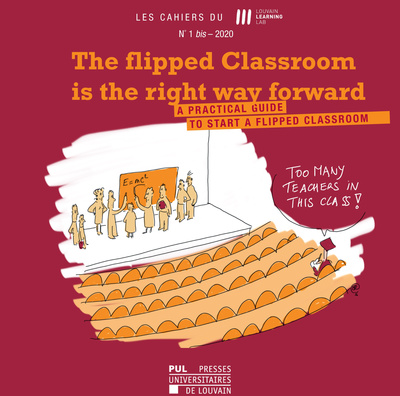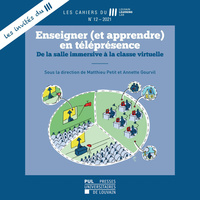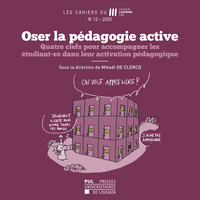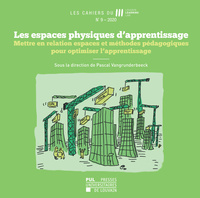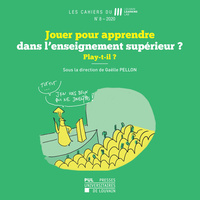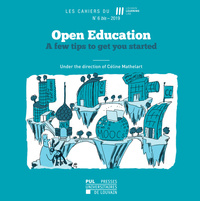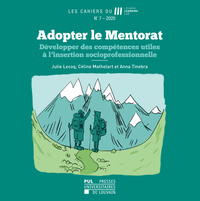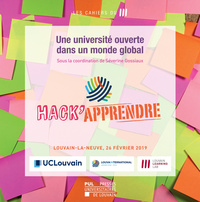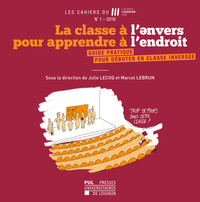Nous utilisons des cookies pour améliorer votre expérience. Pour nous conformer à la nouvelle directive sur la vie privée, nous devons demander votre consentement à l’utilisation de ces cookies. En savoir plus.
Cahier du LLL n° 1bis – 2020
Pu Louvain - EAN : 9782875589606
Édition papier
EAN : 9782875589606
Paru le : 17 juin 2020
15,00 €
14,22 €
Disponible
Pour connaître votre prix et commander, identifiez-vous
Notre engagement qualité
-
 Livraison gratuite
Livraison gratuite
en France sans minimum
de commande -
 Manquants maintenus
Manquants maintenus
en commande
automatiquement -
 Un interlocuteur
Un interlocuteur
unique pour toutes
vos commandes -
 Toutes les licences
Toutes les licences
numériques du marché
au tarif éditeur -
 Assistance téléphonique
Assistance téléphonique
personalisée sur le
numérique -
 Service client
Service client
Du Lundi au vendredi
de 9h à 18h
- EAN13 : 9782875589606
- Collection : CAHIERS DES LLL
- Editeur : Pu Louvain
- Date Parution : 17 juin 2020
- Disponibilite : Disponible
- Barème de remise : NS
- Nombre de pages : 44
- Format : H:200 mm L:200 mm
- Poids : 90gr
- Interdit de retour : Retour interdit
- Résumé : This short guide aims to answer some of the questions you may have about the flipped classroom and help you embrace the truly ground-breaking opportunities of this teaching method of the future. Initially, the flipped classroom was described as "lectures at home and homework in class": technology was used to transfer the mainly theory-based part of a course out of the classroom to free up more time during the lesson to focus on applications, problems, case studies or projects. However, the concept was very quickly broadened by extending the range of non-classroom activities. Should we just expect students to passively watch videos suggested by the teacher? Or should be we asking them, individually or in groups, to prepare part of the course for the other students before class? Of course, we want a method that is coherent, particularly in terms of time and space; it requires an important adjustment of the knowledge and skills targeted, the resources allocated to out-of-class activities and the learning activities and interactions inside and outside the classroom. But how do you create the teaching aids and design the pre-class preparatory activities? How can you make the space/time encounter between students and with the teacher more active and meaningful? How can you use the flipped classroom concept to really add value in terms of quality of learning and sustainable skills? Lastly, how do you assess how the students are using these skills? This short guide aims to answer some of the questions you may have about the flipped classroom and help you embrace the truly ground-breaking opportunities of this teaching method of the future.

